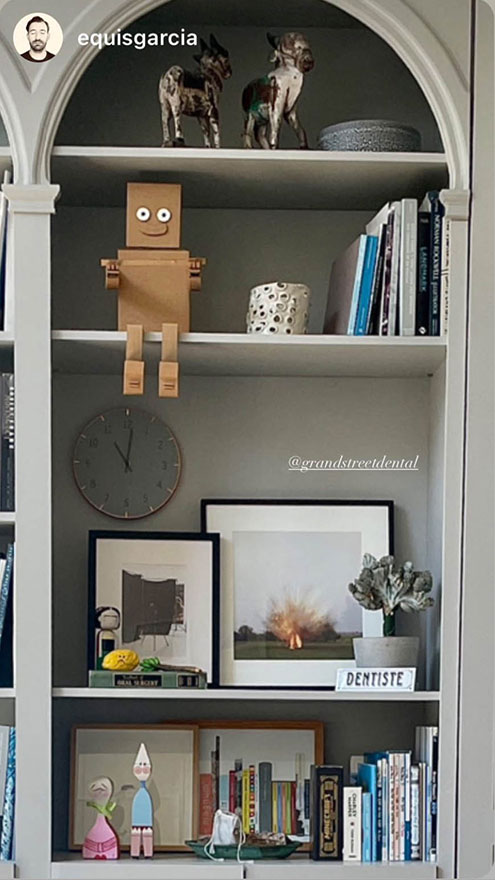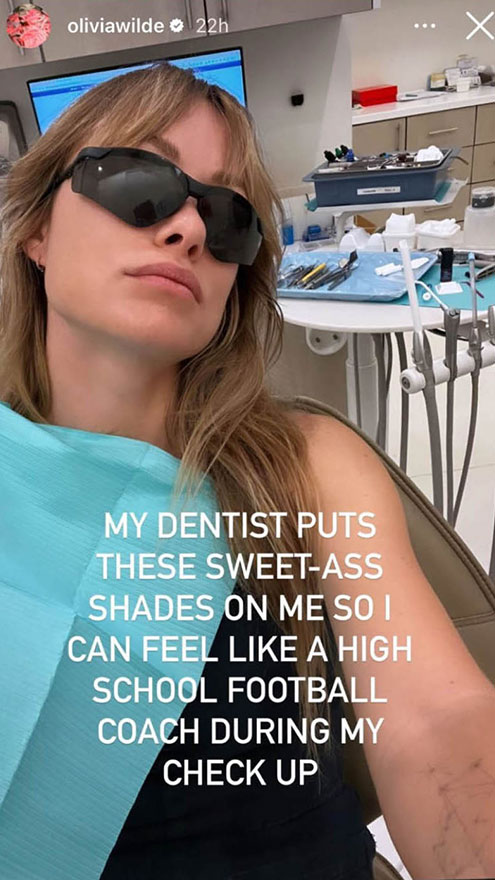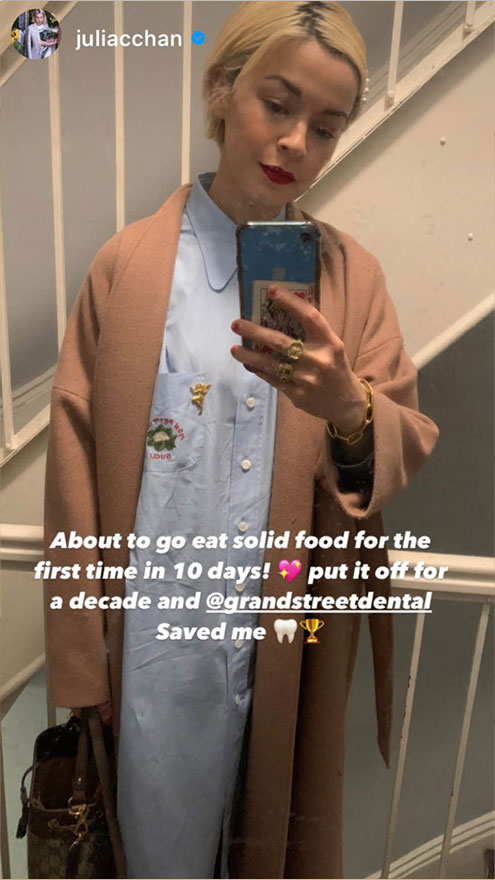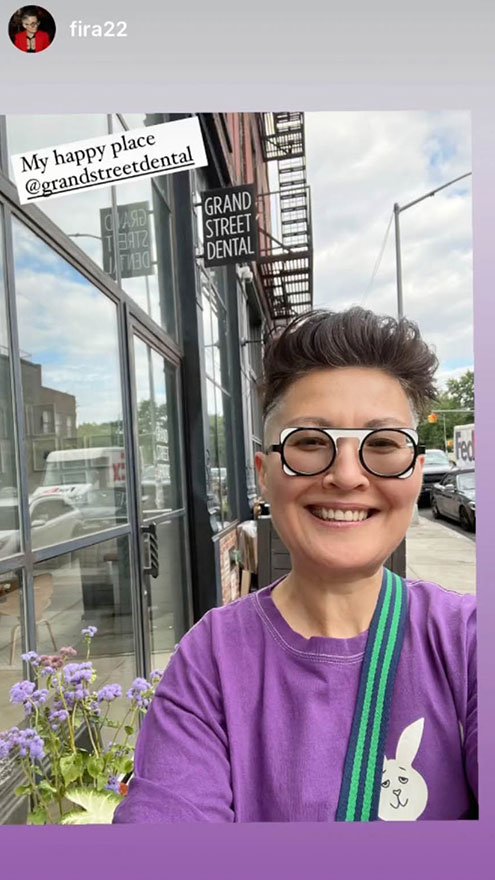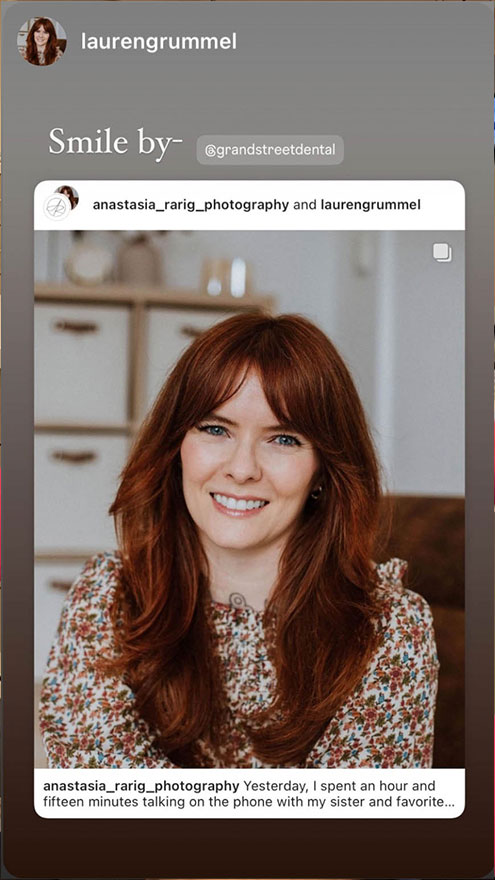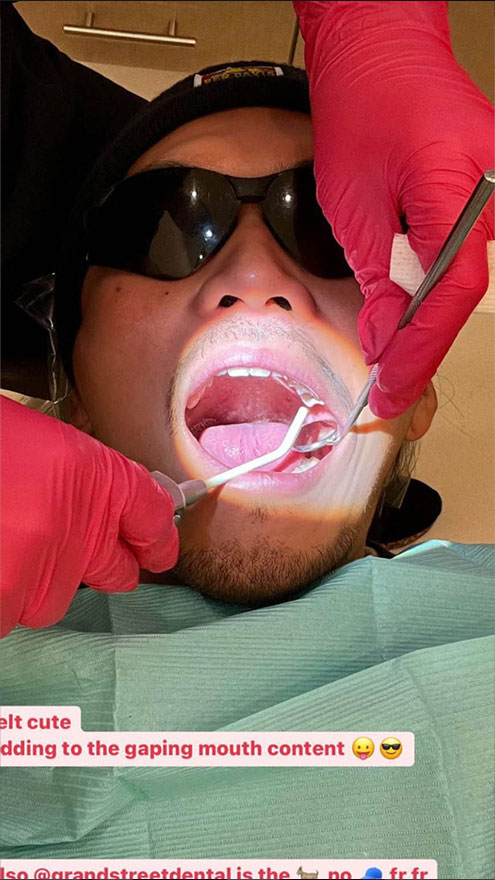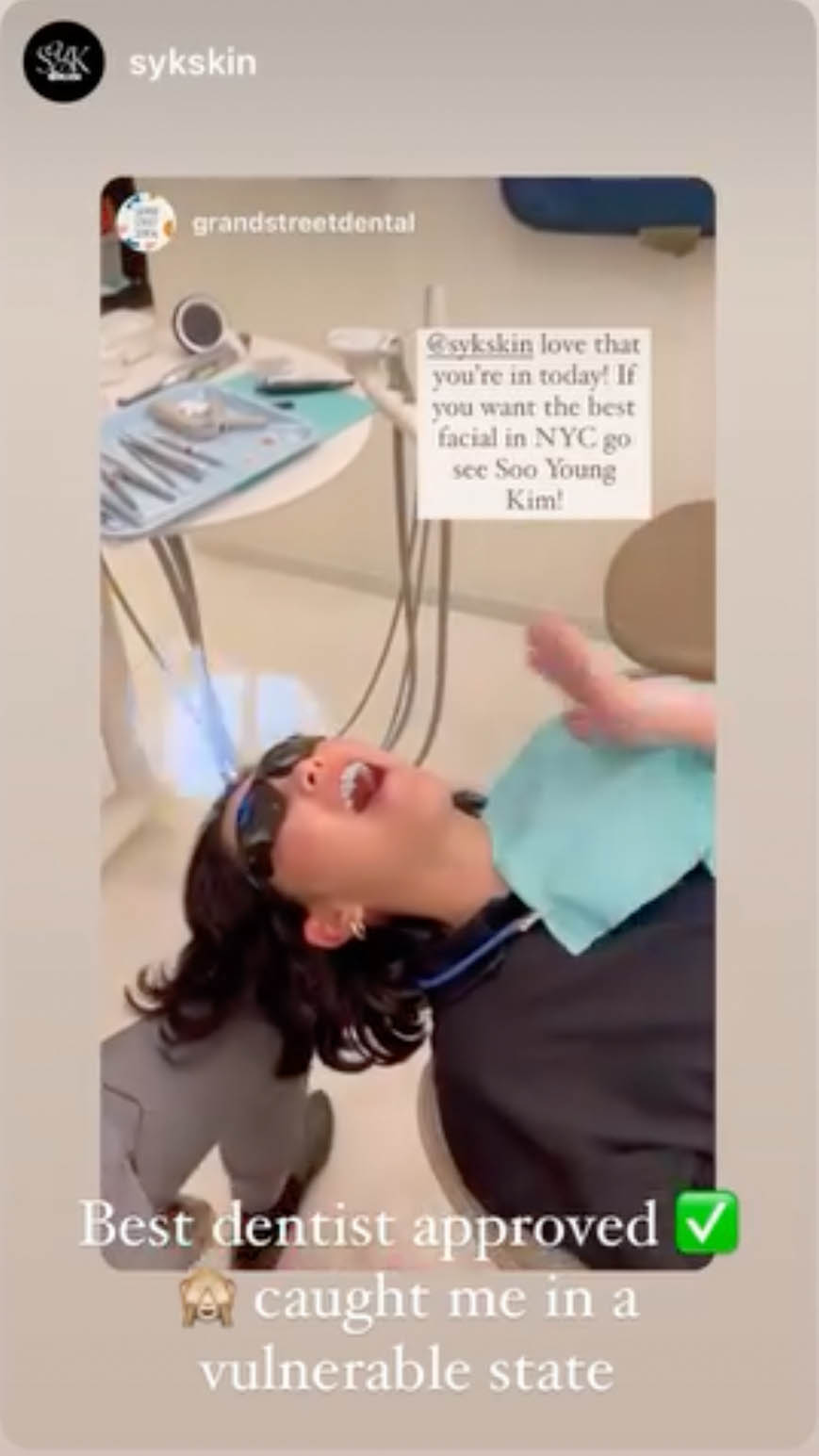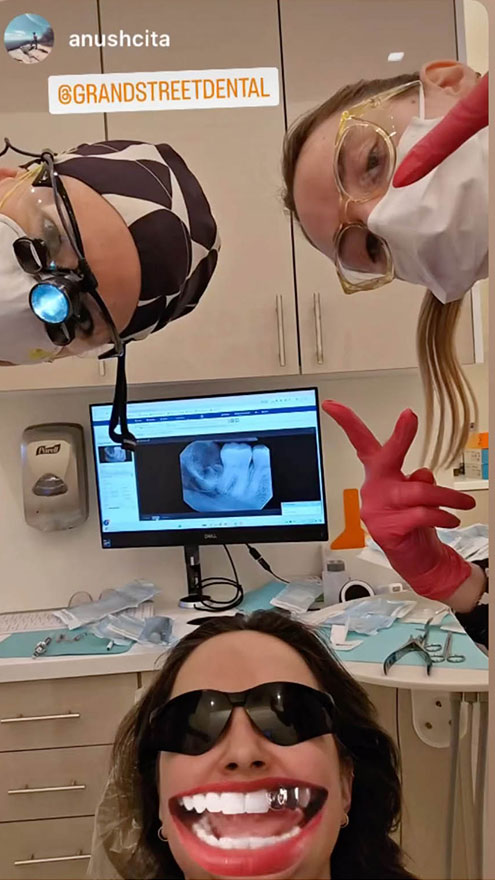What to expect
WHAT ARE PORCELAIN CROWNS?
Advances in the strength and appearance of porcelain crowns have made them the leading choice in restoring damaged teeth to their former splendor. A tooth that has been damaged by root canal, grinding, decay or fracture is likely to break from the stress of daily use. But a doctor-prescribed porcelain crown strengthens your tooth by providing 360 degrees of coverage.
WHAT DOES A PORCELAIN CROWN DO?
Crowns are full-coverage restorations that are used to cover a tooth that is likely to break or is too damaged to be corrected with a traditional filling. When you receive a crown, you will notice it effectively improves your tooth condition by:
-Helping strengthen a heavily-restored tooth to prevent future fracture
-Restoring loss of tooth structure from heavy grinding
-Improving tooth aesthetics
-Relieving pain from any damage or fractures
WHAT TO EXPECT
2 appointments
FIRST APPOINTMENT
At your first appointment at Grand Street Dental in Williamsburg, we will administer full local anesthesia for the tooth being treated. Dr. Plotnick will then prepare the tooth conservatively (1.5 to 2mm to be exact!) to create room for the porcelain crown.
After careful assessment of the shape and contour, a 3d scan or impression of the affected tooth will be taken. This putty will allow the lab ceramist to create and calibrate a porcelain crown that looks and feels like your natural tooth.
A temporary crown is created, polished and cemented. During the next two weeks, you’ll want to avoid sticky foods near the treated tooth, so the temporary crown stays put. If the temporary crown dislodges, try to replace it as fast as possible, and come visit us at our office in Williamsburg, Brooklyn if you can’t get it back in. The purpose of temporary crowns is to protect you from sensitivity and keep the gums from rolling over the prepared margins of the tooth.
SECOND APPOINTMENT
During your second visit, the temporary crown will be removed and the final porcelain crown will be tried in and examined for perfection. We will take a dental X-ray to ensure quality fit and aesthetic approval. An adhesive is then applied to the tooth and a cement will be luted onto the interior of the porcelain crown. Any excess cement will be removed. You’ll be provided with all the necessary instruction to take proper care of your new crown!
All hail to the queen…or KING!
Contact Grand Street Dental today to schedule your appointment!
 Follow us on Instagram
Follow us on Instagram 




